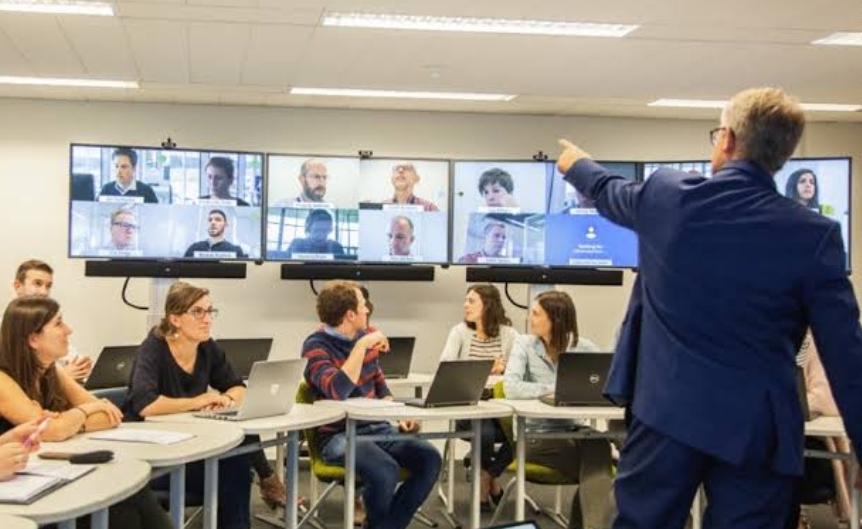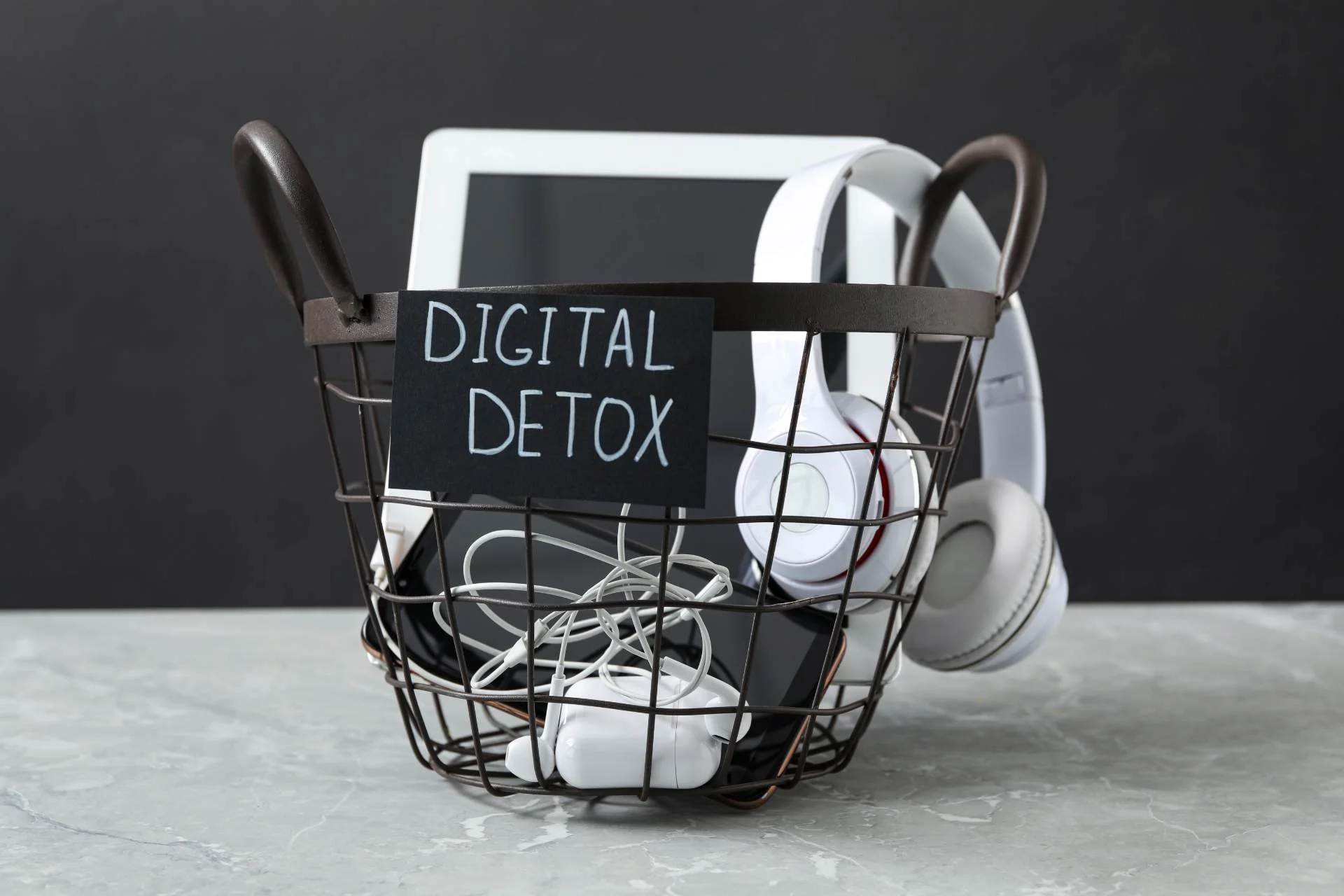
The education landscape is evolving faster than ever before. In recent years, hybrid learning has gained significant momentum. This blend of online and in-person learning offers flexibility and personalized education like never before. But what do teachers think about this shift? And what does the future hold for hybrid learning?
In this post, we dive into teachers’ perspectives on hybrid learning, the challenges, and the potential it holds for students.
The Rise of Hybrid Learning
Hybrid learning became popular during the COVID-19 pandemic. Schools and educators had to find new ways to teach when students couldn’t attend classes in person. Since then, the model has stayed relevant. Teachers now see the benefits of hybrid learning for flexibility, improved access to resources, and student engagement.
According to educators, hybrid learning allows students to access content from anywhere. Students can revisit lessons online, which reinforces what they learned in the classroom. This model provides more options to meet the diverse needs of students.
Flexibility and Personalized Learning
One of the biggest advantages of hybrid learning is the flexibility it offers. Teachers can tailor lessons to different learning styles. Some students thrive in face-to-face environments, while others excel in the self-paced online format.
By combining both methods, teachers can ensure that all students are accommodated. Teachers also point out that hybrid learning promotes independent study habits. When students take control of their learning online, they develop time management and self-discipline skills.
The Challenges of Hybrid Learning
While there are many benefits, teachers also face challenges with hybrid learning. One significant concern is the digital divide. Not all students have access to reliable internet or devices. Teachers feel this can widen the gap between students who have resources and those who do not.
Additionally, hybrid learning requires teachers to balance classroom time with digital instruction. This can be overwhelming, especially for teachers who are not tech-savvy. Training and professional development are crucial to making hybrid learning work effectively.
Enhancing Engagement in Hybrid Classrooms
Engaging students in a hybrid setting requires creative approaches. Teachers share the interactive tools, like quizzes, polls, and discussion boards, make lessons more engaging. Collaborative activities, like group projects, are also essential in keeping students involved, whether they are in-person or online.
Moreover, frequent feedback is key. Teachers note that quick responses to questions and assignments help keep students motivated and connected to the material.
The Future of Hybrid Learning
Looking ahead, teachers believe hybrid learning is here to stay. It provides flexibility for students and teachers alike. Schools are likely to continue using a hybrid approach to reach more students, whether they are in different geographical locations or dealing with scheduling conflicts.Teachers predict that technology will play an even more significant role in shaping the future of education. Virtual reality (VR), artificial intelligence (AI), and augmented reality (AR) are likely to become integrated into hybrid learning environments. These tools will allow students to experience immersive learning that is both engaging and effective.
As we move forward, the focus will be on improving accessibility. Ensuring that every student, regardless of background, has the tools and support needed to thrive in a hybrid learning environment will be critical.
Conclusion
Hybrid learning has proven its potential in reshaping education. With the ability to blend in-person instruction with digital resources, it offers a more personalized and flexible learning experience.Teachers agree that while challenges exist, hybrid learning is a model worth investing in. The future of education will rely heavily on technology, but also on ensuring equal access for all students.
Ready to explore more on hybrid learning? Join the conversation by leaving a comment below and sharing your thoughts on how hybrid learning is impacting education.
Curious about how you can implement hybrid learning in your classroom or school? Stay ahead of the curve by subscribing to our newsletter for the latest trends, tips, and tools to enhance learning outcomes. Subscribe to our blog for more insights into the future of learning.










